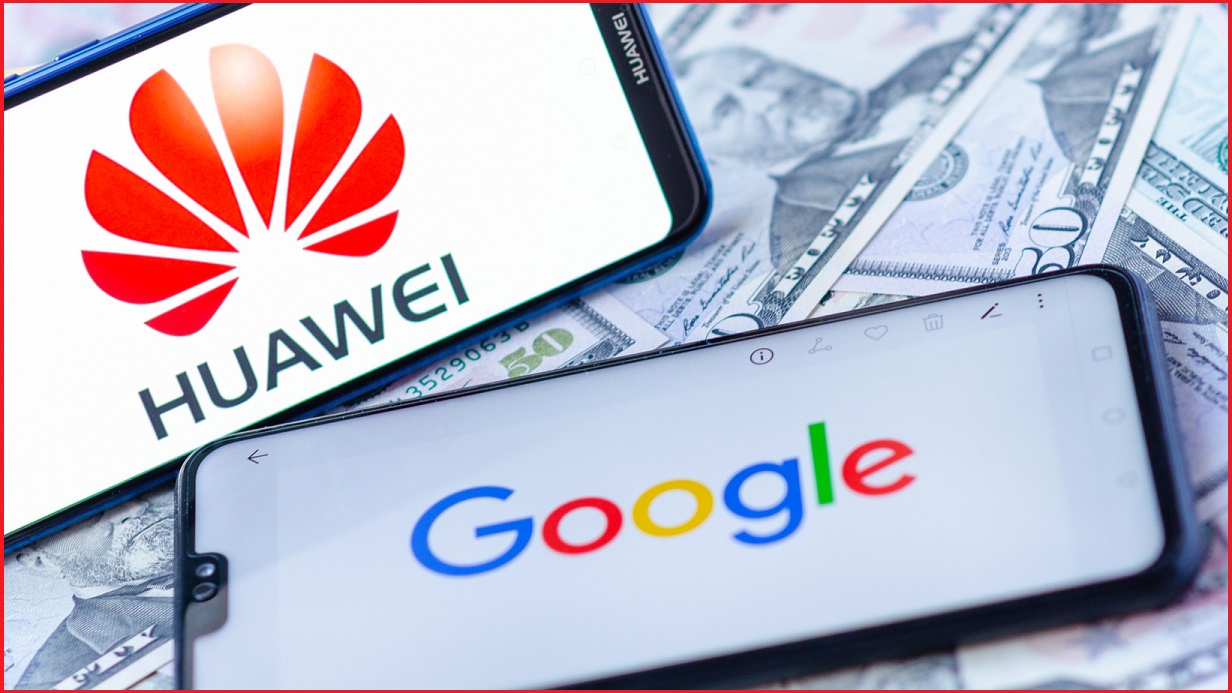Huawei is set to launch its own mapping service as the Chinese tech giant looks to reduce its reliance on American technologies.
Huawei smartphones currently use the Android operating system and offer Google Maps, but an impending US government ban on American companies doing business with the tech company will put this relationship at risk.
Huawei has already unveiled its own operating system, and state-run news site China Daily is now reporting that the company is set to launch Map Kit in October.
“Huawei Map Kit will be available in 40 languages,”Huawei cloud services president Zhang Pingan told China Daily.
“It will offer real-time traffic conditions and a highly sophisticated navigation system which can recognise a car changing lanes.”
In contrast to Google Maps, Huawei’s offering will reportedly be targeted at software developers rather than consumers, allowing other applications focusing on navigation or ride-hailing to use its data rather than building their own.
The report said that Map Kit will support “augmented-reality mapping”, and Huawei will be partnering with Russian mapping service API Yandex and US travel website Booking Holdings on the service.
“Huawei Map Kit will be connected to local mapping services and covers 150 countries and regions,” the report said.
Google Maps launched its own augmented reality offering earlier this month, showing real-time navigation through a smartphone’s camera.
The service allows a user to hold their phone up next to streets and other surroundings and see arrows and directions laid on the top of it, making it easier to locate destinations.
Pingan said that half of all mobile applications are location-based services relying on mapping capabilities – a large market for the company’s developer-focused service.
Google Maps was launched in 2005 and hasn’t had any real competitors since. Apple launched its own mapping service in 2012 but is still a long way behind Google, which staked its claim even further in 2013 when it acquired Waze for $996 million.
But Google has struggled with its Maps product in China, where the government requires a company to get special authorisation for surveying and mapping, and doing this is very difficult for a foreign company.
It's another tactic from the controversial Chinese tech firm to reduce its reliance on Google after Huawei was placed on a list of companies American firms will be banned from doing business with by the US government.
The ban, which will come into effect in November, may lead to Huawei phones no longer being able to access the Android operating system or Google Maps.
The Map Kit reveal comes just weeks after Huawei unveiled its own operating system, HarmonyOS. The system is currently serving as a backup if Huawei loses access to Android, and will soon be rolled out on a range of smart televisions, smart watches and Internet of Things devices.
HarmonyOS is based on microkernel that will be made available to developers under a distributed chain, with an aim to foster a shared developer ecosystem.
“HarmonyOS is completely different from Android and iOS,” Huawei consumer business group head Richard Yu said at the company’s recent developer conference. “It is a microkernel-based distributed OS that delivers a smooth experience across all scenarios.
“It has trustworthy and secure architecture, and it supports seamless collaboration across devices. You can develop your apps once, then flexibly deploy them across a range of different devices.”
The US government last week added 46 Huawei affiliates to its banned entities list, but also delayed the ban for another 90 days. Huawei was banned from participating in the build of the Australian 5G network by the federal government late last year.










